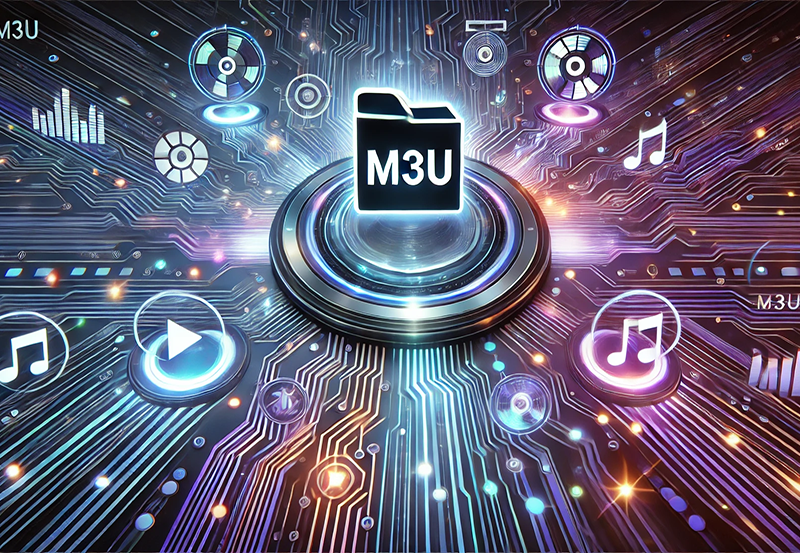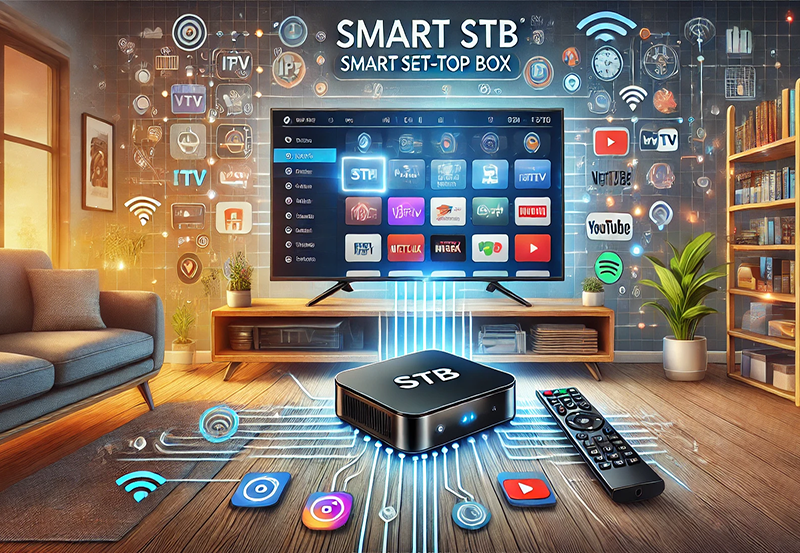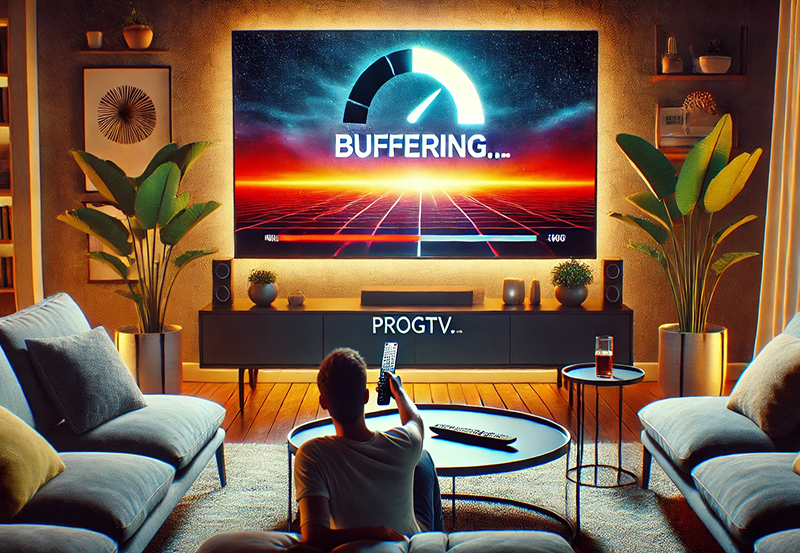The media landscape has undergone a tremendous transformation over the past few decades. From television sets dominating the living rooms to the rise of OTT (Over-the-Top) streaming services, the way we consume content has never been more diverse or accessible. This evolution has not only changed consumer habits but also disrupted traditional broadcasting models. Let’s explore how this transition took place and what it means for the future of entertainment.
The Early Days of Television
Television once reigned supreme as the primary source of entertainment for families worldwide. The experience of gathering around the TV set to watch prime-time shows and news shaped an entire era. Networks held the key to viewers’ access to information and entertainment, dictating schedules and content selection.
- Limited channel choices.
- Ephemeral, live broadcast experiences.
- Appointment viewing as a norm.
The Impact of Cable Television
With the advent of cable television in the late 20th century, viewers were introduced to an expanded universe of channels. Suddenly, niche content became accessible, giving birth to specialized networks catering to diverse interests—from sports to music, from food to fashion.
This era marked an increase in content variety but required consumers to subscribe to often expensive packages offering channels they might not necessarily want, a concern that laid a foundation for future streaming services.
Buy 1 Year IPTV Subscription and Enjoy Unlimited Content
The Role of Satellite TV
Satellite TV further diversified the content landscape, allowing access to international programming and a broader array of channels. It promised clarity of picture and premium offerings at a somewhat competitive price, adding layers to viewers’ choices.
However, the complexities of satellite dishes and contracts were potential deterrents for many consumers, who began seeking simpler and more customizable options.
The Emergence of IPTV
As internet connectivity improved, IPTV (Internet Protocol Television) emerged as a viable alternative, offering more flexibility than traditional cable or satellite. IPTV providers capitalized on the internet’s ability to stream content directly to viewers, often at lower costs, reshaping expectations around media consumption.
Advantages of IPTV Over Traditional TV
One of the primary benefits of IPTV is its interactivity and VOD (Video on Demand) capabilities. This meant users could choose what to watch and when to watch it, breaking free from the constraints of linear programming.
Additionally, IPTV providers began offering some of the best IPTV deals, introducing competitive pricing models that challenged traditional TV subscriptions.
Challenges Faced by IPTV
Despite these benefits, IPTV wasn’t without its hurdles. Reliable high-speed internet was essential, which wasn’t universally available, limiting adoption for some consumers. Moreover, the early days of IPTV were plagued by buffering issues and technical glitches.
Security and piracy concerns also surfaced, as the ease of digital distribution opened avenues for unauthorized streaming.
The Rise of OTT Streaming Services
The next significant leap in media evolution came with the rise of OTT streaming platforms. Unlike IPTV, OTT services bypass network operators, delivering content via the internet without the need for traditional distribution methods.
Game-Changing Platforms
With giants like Netflix, Hulu, and Amazon Prime Video entering the scene, audience viewing habits transformed drastically. These platforms offer vast libraries of content, from movies to original series, accessible anytime, anywhere.
Consumers no longer have to endure long commercial breaks or wait for shows to air—everything they want is at their fingertips.
Impact on Traditional Broadcasting
OTT services quickly began to eat into the market share of traditional broadcasting networks, as audiences appreciated the decentralized model of content delivery. This caused television networks to rethink strategies, often pushing towards creating their digital platforms.
Some networks found success by partnering with existing streaming services to redistribute their content, while others lagged behind, struggling with the fast-paced digital shift.
The Current Landscape and Future of Streaming
Today, the lines between IPTV and OTT continue to blur, with consumers savoring a hybrid model that cherry-picks the best of both worlds. As technology advances, we foresee new streaming innovations that will further enhance consumer experience.
Trends Shaping the Future
Increased personalization is already a key trend, with AI-driven algorithms suggesting custom content based on user preferences. Interactive and immersive formats such as virtual reality promise not just passive viewing but engaging media experiences.
Moreover, the quest to unlock the ultimate IPTV experience has providers constantly updating features, ensuring they remain at the forefront of technological innovation.
Challenges Ahead
Amidst these advancements, challenges such as data privacy, exclusive licensing, and market saturation remain areas of concern that need ongoing attention. As audiences grow weary of subscription fatigue, balance in pricing and content offerings will be crucial for maintaining consumer loyalty.
As a result, streaming services must continuously innovate, providing genuine value to justify their costs.
FAQs on Streaming Evolution and Its Impact

- What distinguishes OTT from IPTV?
OTT services operate over open internet networks, delivering content directly to viewers without relying on network providers, whereas IPTV uses private network infrastructure to stream content to users.
- How have streaming services impacted traditional TV?
Streaming services have significantly reduced the audience and revenue for traditional TV by offering flexible, ad-free, on-demand content that aligns better with modern viewing habits.
- Are there any drawbacks to switching to streaming services?
While appealing, streaming services can lead to subscription fatigue due to the increasing number of available platforms, each with exclusive content requiring separate subscriptions.
- Why are IPTV providers still relevant?
IPTV providers continue to offer value with competitive pricing, live TV options, and sometimes superior service quality in areas where broadband internet is stable and fast.
- What’s the future of OTT platforms?
The future likely holds more personalized content, integration with emerging technologies like AI and VR, and possibly a consolidation of services to manage subscription fatigue.
Though the journey from televisions to OTT streaming isn’t entirely linear, it’s clear the landscape has changed for the better, providing consumers with an unprecedented level of control over their media consumption. As technology continues to evolve, so too will the ways we access and enjoy our favorite shows and films.
Effective Solutions for M3U Link Failures in IPTV Applications





